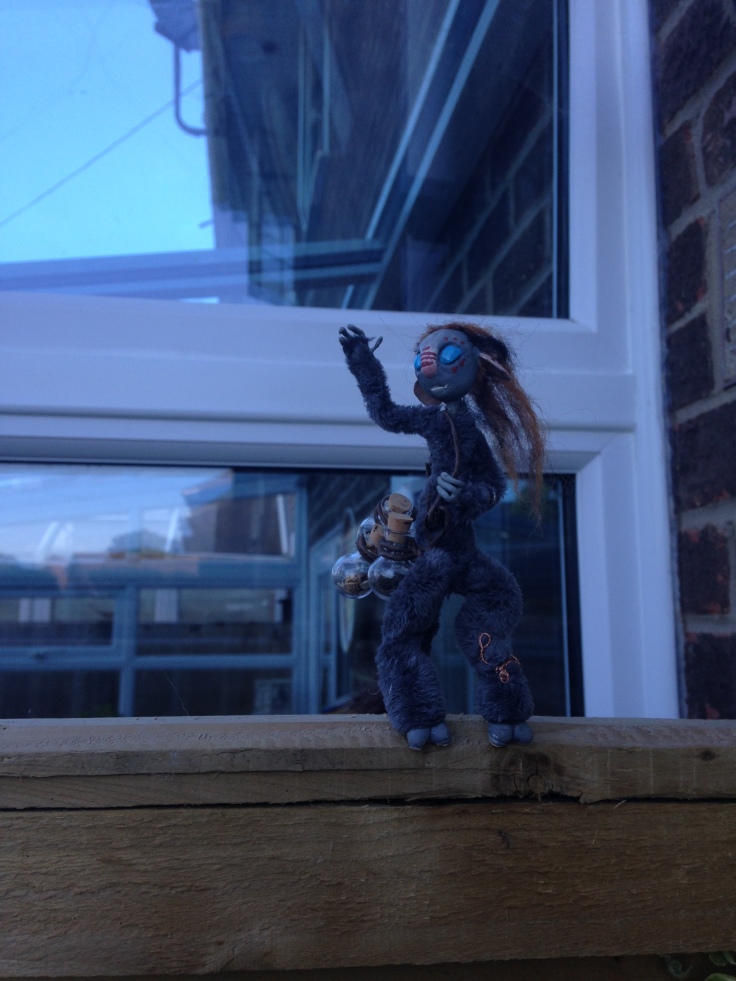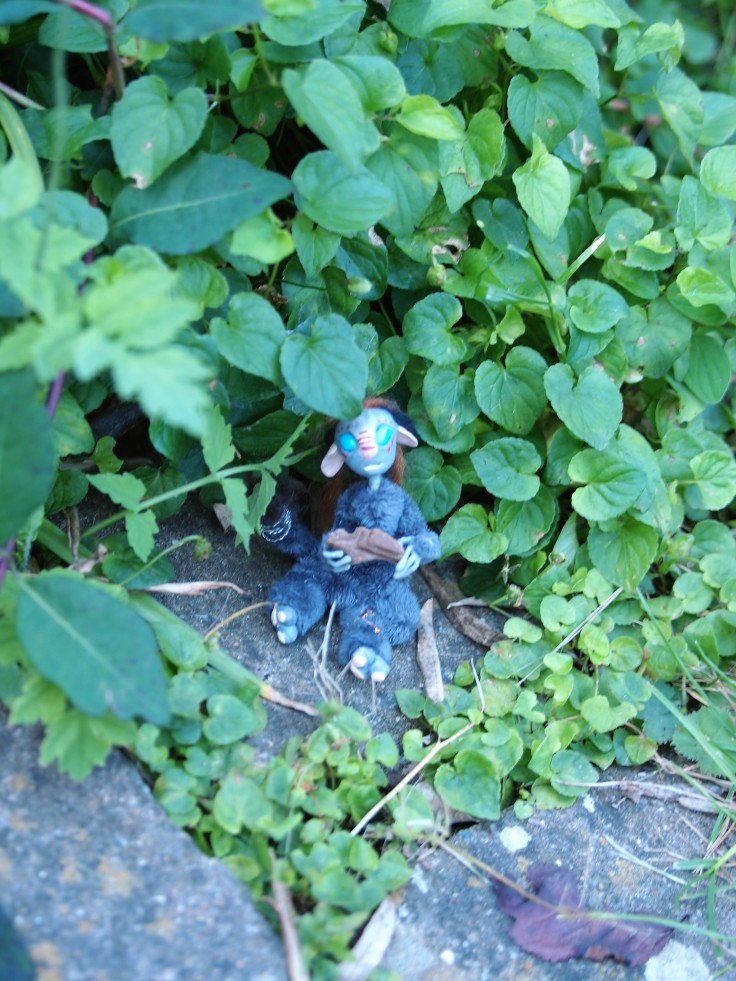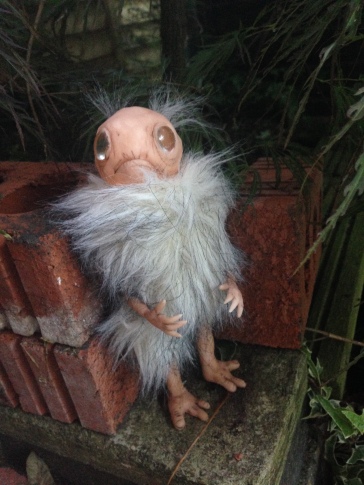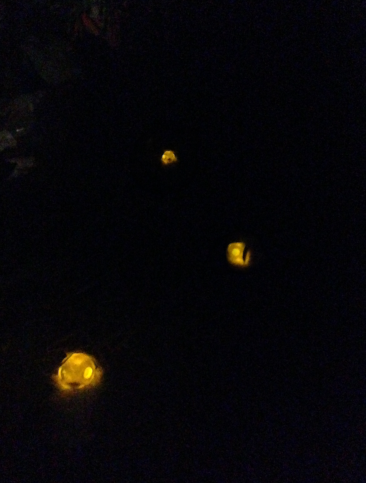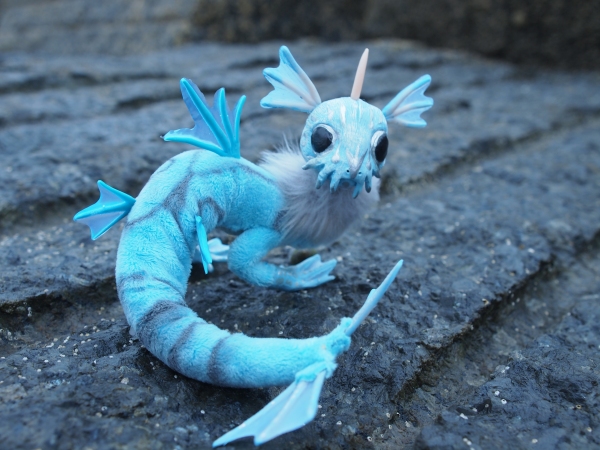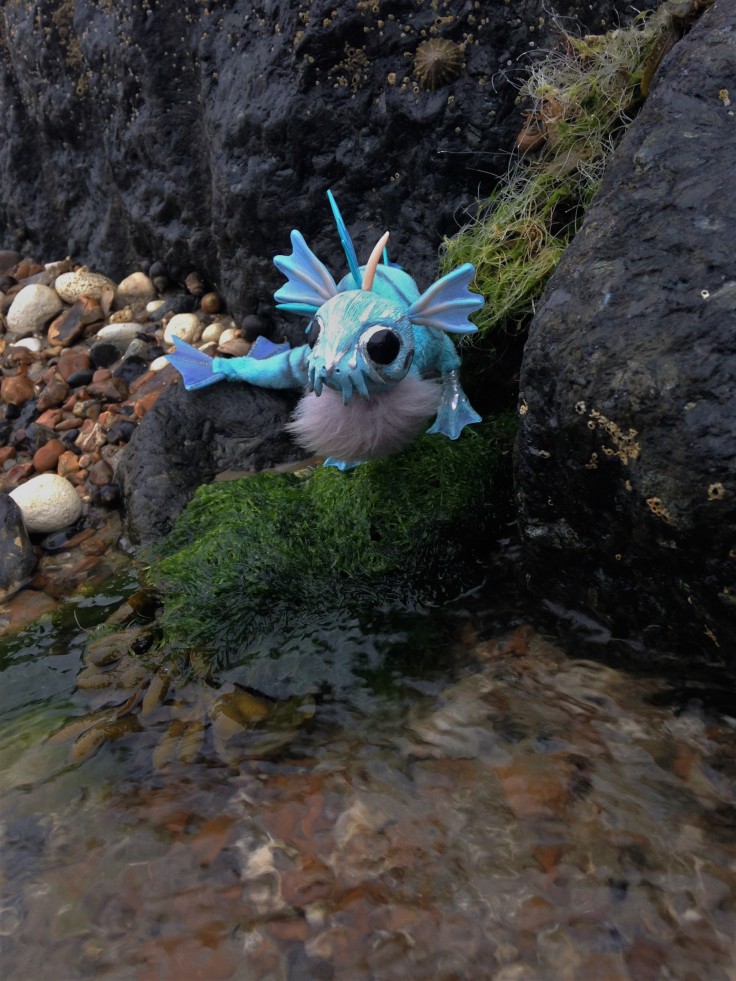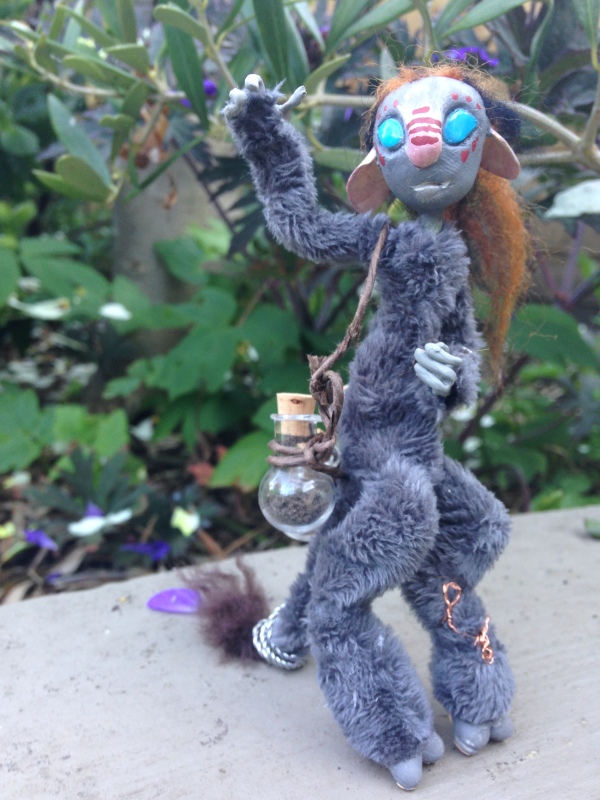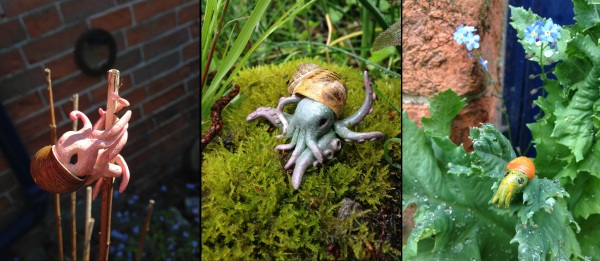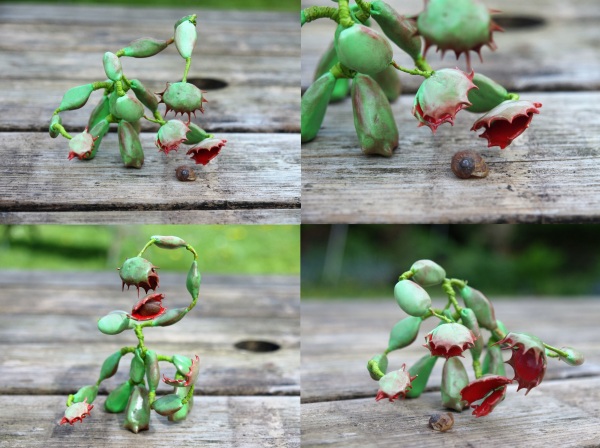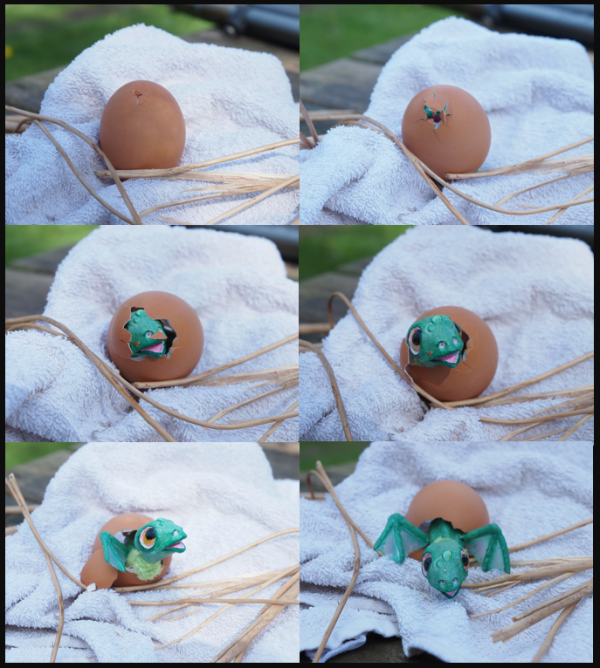Name: Minluth, Filauny child
Designation: Fauna
Class: Benign??
Description: Small grey-furred humanoid with powerful hind legs; solid blue eyes; face markings: intentional, possibly traditional (some sort of dye?).
(Note on the name Filauny- we couldn’t ascertain if this was the name of her species, or just of her people/family group. One and the same? Are there others?)
I try to keep these entries purely factual, but today I’ll have to descend into anecdote. I apologise.
We came across the filauny child Minluth in our own back garden/courtyard at the seaflower institue when she tried to use it as a short cut. We were outside, making the most of a rare dry day, when the small figure scrambled down the fence.
Needless to say, she was not expecting a curious party of researchers; just as we were not expecting a small intelligent humanoid no one had ever heard of.
At first we weren’t sure if she could speak english, though she seemed to understand it. Turned out she was just shy; and after Thursday offered her a piece of chocolate the pair of them got quite chatty.
A forest dwelling species of intelligent small humanoids, we gather that the Filauny are proud hunters and have a complex societal structure and culture- more than could be learned in such a short, chance meeting.
Minluth is ten years old, and seems to be taking part in a coming of age ritual, wherein she carries three vials from her home settlement across the countryside to a sacred location. One contains soil from the forest, one an assortment of seeds, and the third water. Once she reaches the sacred place, she tells us, she must plant the seeds with the water and soil, then fill her three bottles with sap tapped from a particular tree. She then makes the return journey and, if she survives, becomes an adult.
She’s not allowed to ask for help on the journey, but is allowed to accept if it is offered to her freely and without prompting. Until the chocolate we gave her, she said, she hadn’t eaten for three days.
She had to leave and continue her task, much to my disappointment, but told us that her people live in deep woodland east of here. Who knows, maybe one day we’ll visit and learn more?
